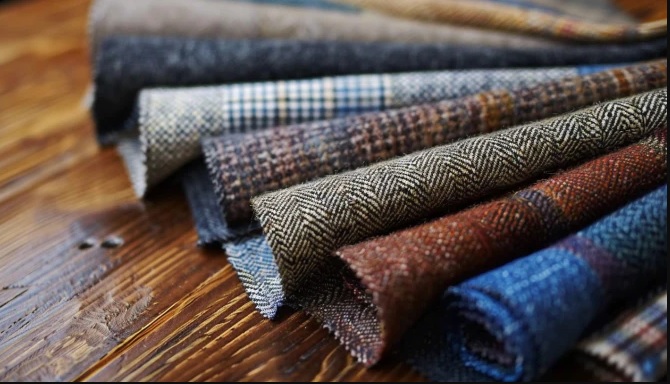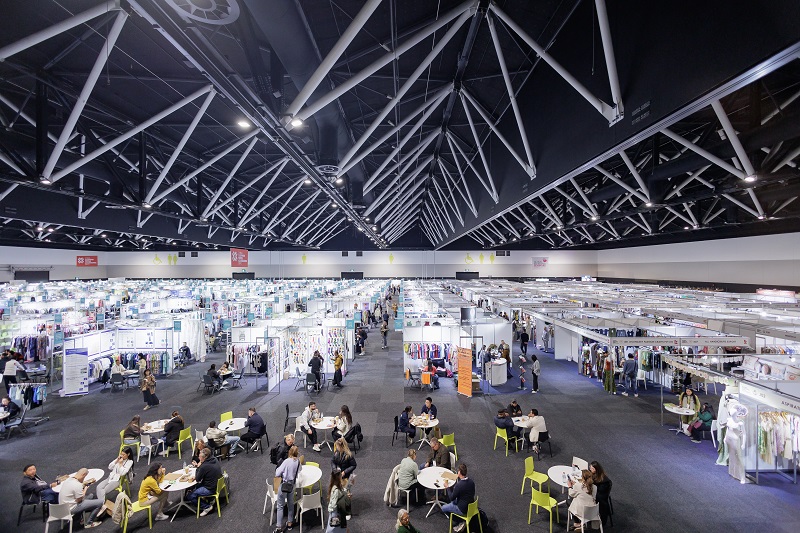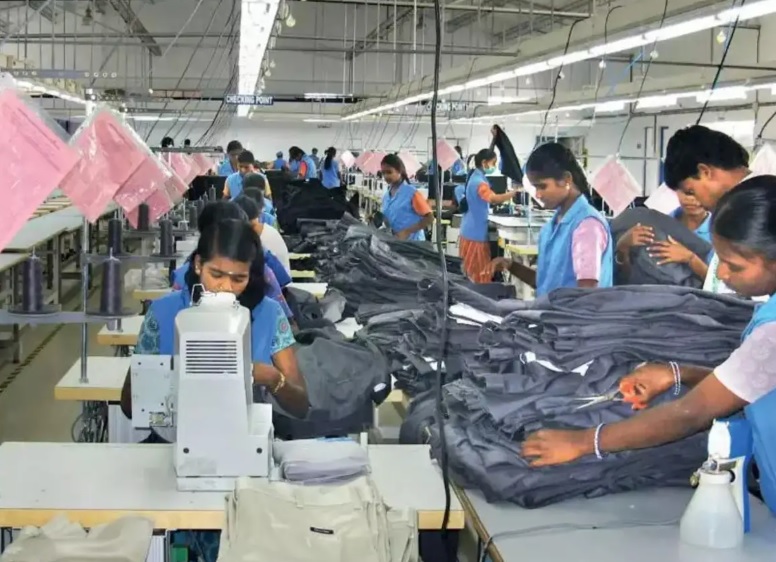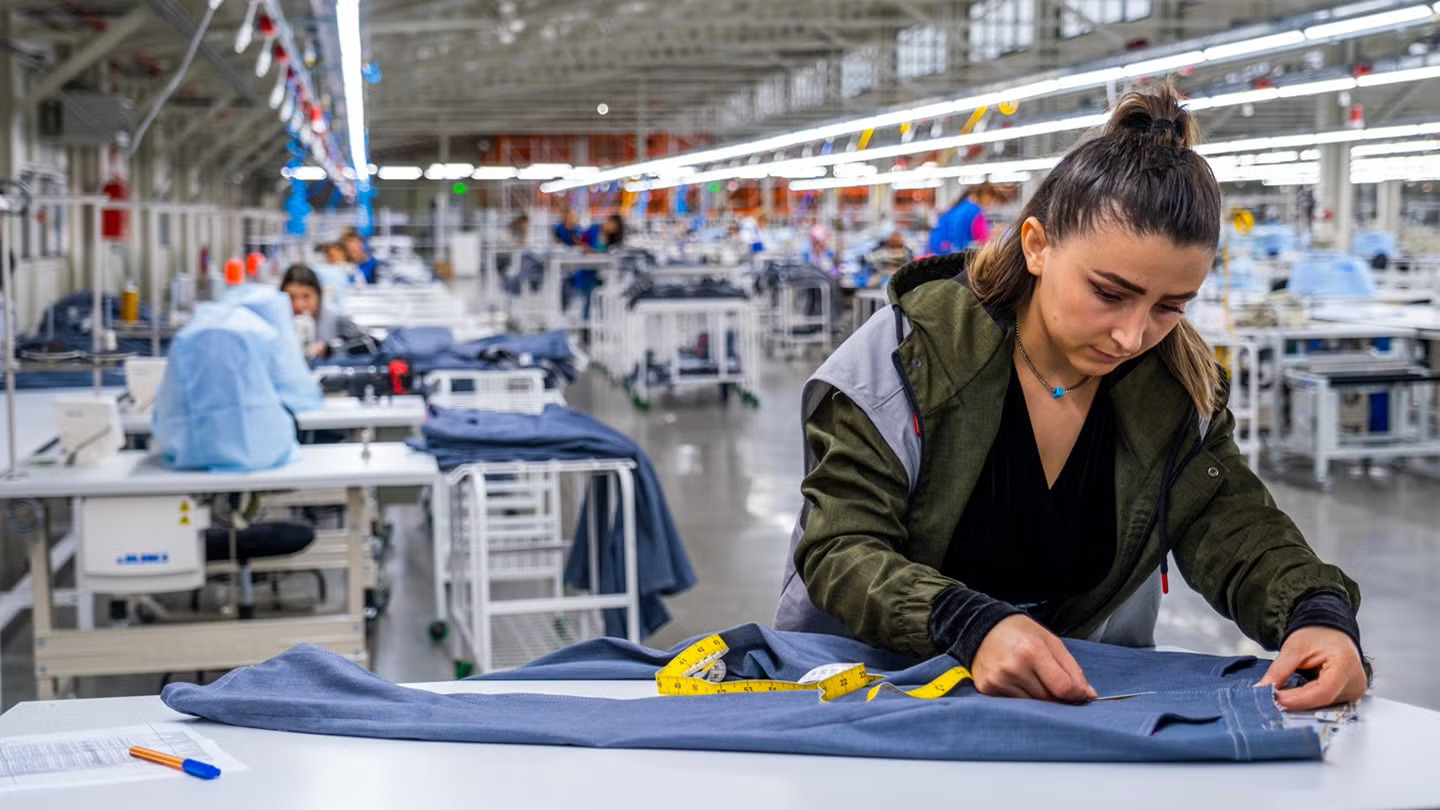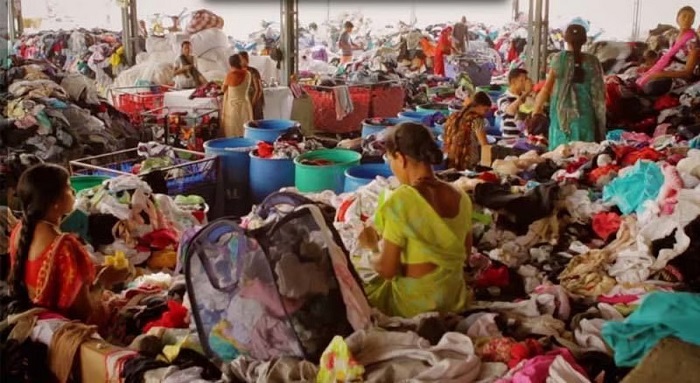"The Sino-US trade war has dealt a heavy blow to the Chinese economy which is on a continuous decline. The textile and garment industry is also facing rough weathers due to the closure of several production units across the country. As official statistics by China Customs reveal, China’s total import and export value in the first five months declined by 1.6 per cent from the previous year. Its exports to the United States declined by 8.4 per cent year-on-year, while imports fell by 29.6 per cent year-on-year."
 The Sino-US trade war has dealt a heavy blow to the Chinese economy which is on a continuous decline. The textile and garment industry is also facing rough weathers due to the closure of several production units across the country. As official statistics by China Customs reveal, China’s total import and export value in the first five months declined by 1.6 per cent from the previous year. Its exports to the United States declined by 8.4 per cent year-on-year, while imports fell by 29.6 per cent year-on-year. In May 2019, China’s total import and export value declined by 3.4 per cent. Of this, its imports declined by 8.5 per cent. The country’s exports however increased by 1.1 per cent compared with the same period last year.
The Sino-US trade war has dealt a heavy blow to the Chinese economy which is on a continuous decline. The textile and garment industry is also facing rough weathers due to the closure of several production units across the country. As official statistics by China Customs reveal, China’s total import and export value in the first five months declined by 1.6 per cent from the previous year. Its exports to the United States declined by 8.4 per cent year-on-year, while imports fell by 29.6 per cent year-on-year. In May 2019, China’s total import and export value declined by 3.4 per cent. Of this, its imports declined by 8.5 per cent. The country’s exports however increased by 1.1 per cent compared with the same period last year.
China’s year-on-year increase in May exports was due to the rush to export before new US deadlines for imposing new tariffs on $200 billion of Chinese goods. However, Xie Tian, a professor at the University of South Carolina’s Aiken School of Business states it would be difficult to maintain long-term growth of these exports as no country has the market and purchasing power of the United States, and no country can tolerate China’s surplus other than the United States.
imposing new tariffs on $200 billion of Chinese goods. However, Xie Tian, a professor at the University of South Carolina’s Aiken School of Business states it would be difficult to maintain long-term growth of these exports as no country has the market and purchasing power of the United States, and no country can tolerate China’s surplus other than the United States.
High material prices and low demand impact textile growth
July and August is generally the textile industry’s offseason in China as most companies go on a vacation. However, this year this vacation has already begun for many garment factories. Large garment exporters along the coast have gone bankrupt as US buyers no longer purchase from China. Zhejiang Shaoxing Keqiao Textile City, China’s largest textile trading market, has closed around one-third of its enterprises. Textile companies are under pressure from two ends as the raw materials prices have increased while at the same time sales have been blocked. This uncertain outlook on trade has made manufacturers wary of taking new orders.
The impact of the Sino-US trade war on the cotton spinning industry chain has far surpassed industry estimates. In the first quarter of this year, China’s share of US apparel imports declined slightly with the proportion of many categories of Chinese clothing declining by double digits. These declines are further likely to accelerate after the increase in tariffs.
Low demand leads to increased inventory
A report by Capital Futures, a China-based research firm indicates demand for Chinese textile products continues to weaken with inventory of most enterprises increasing by over 50 per cent compared to the same period last year. The inventory of individual enterprises increased by 10-15 days’ sales compared with the same period last year, with some even exceeding 40 days.
The increase in cotton and yarn storage has made it impossible for some textile mills to save money to buy lint cotton. While a few small factories have stopped production, many are producing in shifts. In all, a pessimistic wave pervades the entire textile industry which is eagerly waiting for the sun to shine again.

